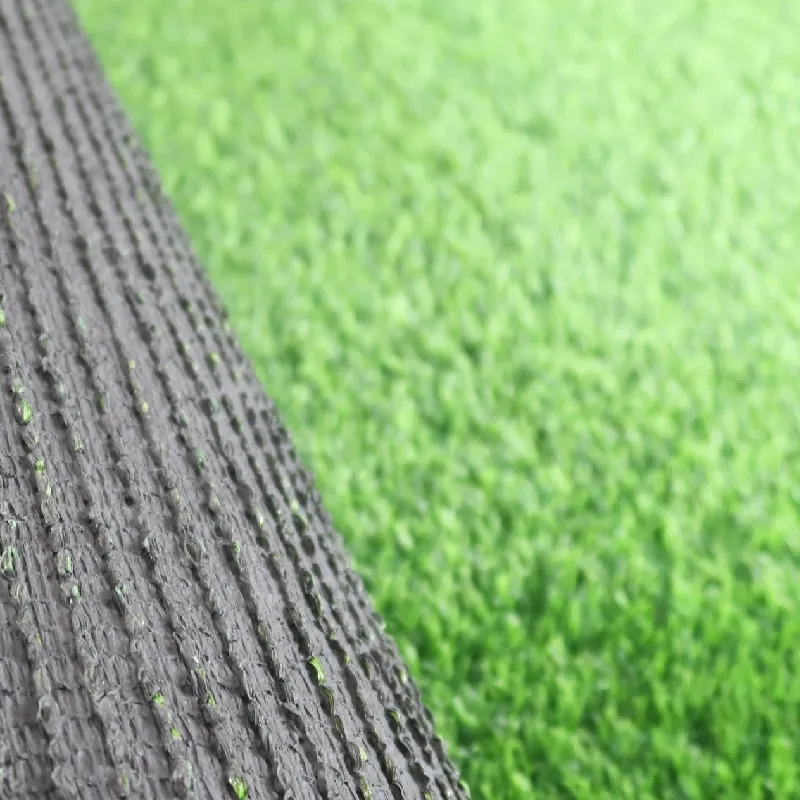
- Afrikaans
- Arabic
- Belarusian
- Bengali
- Czech
- Danish
- Dutch
- English
- Esperanto
- Estonian
- Finnish
- French
- German
- Greek
- Hindi
- Hungarian
- Icelandic
- Indonesian
- irish
- Italian
- Japanese
- kazakh
- Rwandese
- Korean
- Kyrgyz
- Lao
- Latin
- Latvian
- Malay
- Mongolian
- Myanmar
- Norwegian
- Persian
- Polish
- Portuguese
- Romanian
- Russian
- Serbian
- Spanish
- Swedish
- Tagalog
- Tajik
- Thai
- Turkish
- Turkmen
- Ukrainian
- Urdu
- Uighur
- Uzbek
- Vietnamese
installing turf for dogs
Nov . 08, 2024 14:57 Back to list
Installing Turf for Dogs A Comprehensive Guide
As pet owners, we always strive to provide the best environment for our furry friends. One popular trend that has gained traction in recent years is installing synthetic turf specifically designed for dogs. Turf offers a clean, safe, and low-maintenance alternative to natural grass, making it an appealing option for dog owners. This article will explore the benefits of installing turf for dogs and provide a step-by-step guide on how to properly install it.
Benefits of Turf for Dogs
1. Durability One of the most significant advantages of synthetic turf is its durability. Unlike natural grass, which can wear out under heavy foot traffic, especially from energetic dogs, turf can withstand rough play. It’s designed to cope with digging, running, and roughhousing, making it ideal for active pets.
2. Low Maintenance Maintaining a natural lawn can be time-consuming and costly. Turf significantly reduces maintenance needs. There’s no need for mowing, watering, or fertilizing, allowing you to spend more quality time with your pets instead of laboring in the yard.
3. Cleanliness Turf provides a cleaner environment. It drains efficiently, reducing puddles and mud, which means less mess in your home. Additionally, synthetic turf can be easily cleaned to remove dog waste and odors, ensuring a pleasant space for your pets to play.
4. Pest Control Natural grass can attract pests like fleas and ticks. With synthetic turf, the risk of these pests is significantly reduced, helping to keep your dog safe and healthy.
5. Allergy-Friendly For dogs that suffer from allergies, synthetic grass can be a perfect alternative. It’s hypoallergenic, reducing exposure to pollen and other allergens present in natural grass.
Step-by-Step Guide to Installing Turf for Dogs
Step 1 Plan Your Space
Before you begin installation, take the time to evaluate your yard. Determine the size and shape of the area you want to cover with turf. Consider any existing features like trees, landscaping, and pathways that you want to incorporate. Measure accurately to ensure you purchase the right amount of turf.
Step 2 Choose the Right Turf
Selecting the right type of turf is crucial. Look for pet-friendly options specifically designed for dogs. These products usually have features like improved drainage, durability, and ease of cleaning. Additionally, consider the short and tall blades of grass textures available; some dogs might prefer certain textures for play and lounging.
Step 3 Prepare the Ground
installing turf for dogs

Once you have your turf, prepare the installation area. Remove any existing grass, weeds, or debris. You'll want to excavate the area to a depth of about 3-4 inches, allowing for a base layer and drainage system. If you’re installing on soil, ensure it’s level and smooth.
Step 4 Install a Base Layer
To enhance drainage and provide a stable foundation, add a layer of crushed stone or gravel (about 2-3 inches). This layer should be compacted to create a firm surface. Afterward, add a layer of sand, which helps level the ground and provides additional drainage.
Step 5 Lay the Turf
Unroll the turf, ensuring the fibers are all oriented in the same direction for a more natural look. Cut the turf to fit your area, ensuring that seams are tight and secure. It’s important to avoid overlaps, which can lead to uneven surfaces.
Step 6 Secure the Turf
Use stakes or adhesive to secure the turf in place. For a more permanent solution, you can also apply seam tape to join adjacent pieces. Ensure that the turf is taut and wrinkle-free to avoid any trip hazards.
Step 7 Add Infill (Optional)
Consider adding a layer of infill, which can enhance the stability and cushioning of the turf. Infill can also help with drainage and keep the grass blades standing upright. Look for pet-friendly infill materials, such as silica sand or rubber.
Step 8 Regular Maintenance
After installation, regular maintenance will keep your turf in excellent condition. Clean up pet waste promptly and rinse the area occasionally to keep it fresh. Inspect for any damage and make repairs as needed.
Conclusion
Installing turf for dogs can transform your yard into a safe and enjoyable space for your pets. With its durability, low maintenance, and cleanliness, synthetic turf is an excellent investment for any dog owner. Follow this guide to create a perfect play area for your furry friends, allowing them to enjoy the outdoors without the hassle of maintaining a traditional lawn. Your dogs will thank you!
-
The Benefits of Artificial Turf for Indoors
NewsJul.15,2025
-
How Artificial Grass Suppliers Ensure Quality Products
NewsJul.15,2025
-
Artificial Grass and Pets: A Space for Relaxation
NewsJul.08,2025
-
Balcony & Outdoor Decoration with Artificial Grass
NewsJul.08,2025
-
Best Indoor Artificial Grass for Home
NewsJul.07,2025
-
Best Pet Turf for Dogs: Safe & Durable Artificial Grass Options
NewsJul.07,2025
Products categories









